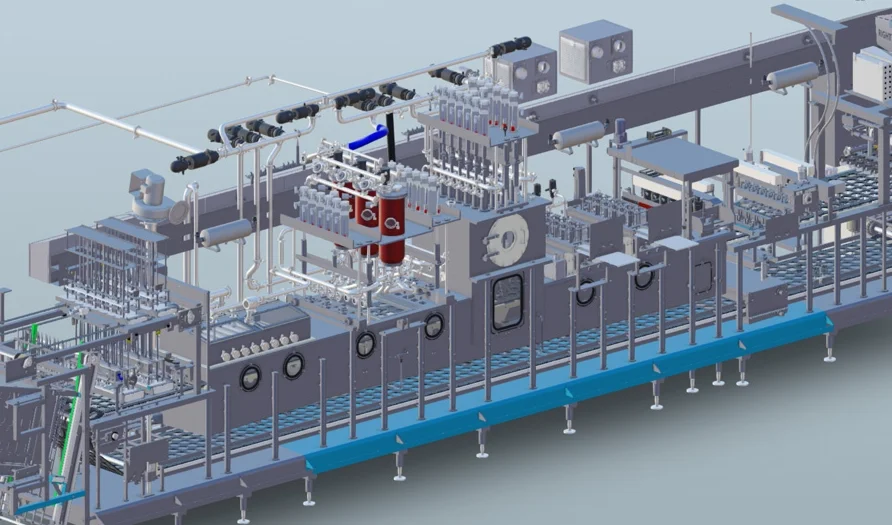Fueling the Business of Engineering for Automotive Suppliers - Part 2 of 2
/In Part 1 of this two-part series, we began by discussing how a perfect storm for inefficiencies and risk has been brewing – especially for automotive suppliers. We identified the quoting phase and its related processes and activities as a key source of this risk as visualized by the Risk Quadrant graphic below. To overcome these challenges, we suggested that a product lifecycle management (PLM) platform be used. In the second part of this series, we’ll explore the value a PLM platform can provide and the specific operational activities that PLM facilitates.
Read More










